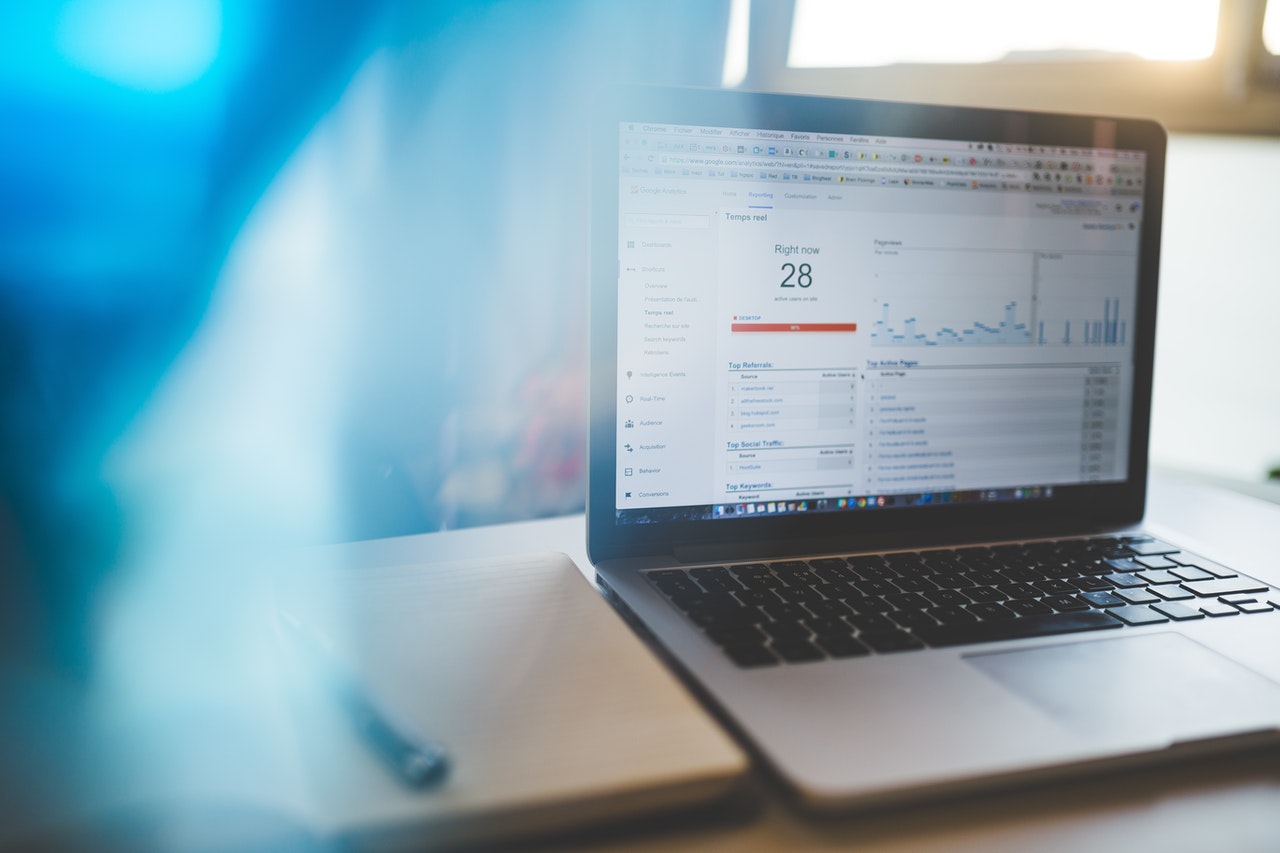
Trends in Business Intelligence (BI) and Data Analytics
Trends in Business Intelligence (BI) & Data Analytics
There is no doubt that the world and businesses are being driven by a new level of technology and data. This includes everything from vast amounts of data collected on consumer practices to the data moving global supply chains. Understanding and implementing these data practices have become essential to modern business practice. It can be challenging for a business to know where to start, but observing trends can offer support.
The two governing trends in modern data use are represented by the terms business intelligence (BI) and data analytics. These two overarching data trends attract a large percentage of attention. They have become essential practices for organizations ranging from non-profits and SMEs to global enterprises.
Understanding how to get started or expand these data practices has become more complicated with significant growth in recent years. It has led to a great deal of interest in determining the overall trends in BI and data analytics. Identifying these trends can support a business in deciding where to focus its attention when implementing BI and data analytics into its operations.
This article examines a brief definition of terms and identifies the most popular trends in business intelligence and data analytics for 2021.
Business Intelligence vs. Data Analytics
These two concepts and practices overlap in many ways, making the trends in both areas worthwhile to examine in tandem. However, despite their many similarities and overlaps, there are some core differences between the two terms.
The most distinct difference between these two practices is their focus on the present and the future. Business intelligence has a focus on data that describes where a business currently stands. In contrast, data analytics primarily focuses on data that illumine the future of a business. In similar terms, BI attempts to be illustrative, while data analytics concern predictive modalities.
However, both BI and data analytics share plenty of core principles. Both practices emphasize the collection and analysis of data to provide insights. Each method also offers reports that provide data illustrations with perspective on how a business is performing.
What are the highlights of 2021 trends?
Business intelligence and data analytics fed off of one another to generate a significant boom in 2020. BI has contributed to making the analysis of data more accessible to a larger contingent of non-technical users. And data analytics are further contributing to the application of BI in decision-making for the future. Significant growth in the business intelligence industry is expected to continue into 2021.
We examine a few of the highlights in trends that are evident in both BI and data analytics.
2021 trends in business intelligence
Although the focus of this section is on trends in business intelligence, it can be understood that the overlaps between BI and data analytics continue to exist within these trends.
1. Increase in use of BI platforms
The collection of data and its presentation has grown significantly, which has led to a growing trend of platforms dedicated to BI practice. Businesses are going beyond the basics of Google Analytics to understand and illustrate their data. In its place, solutions dedicated to a comprehensive approach to BI are emerging. These centralized places for BI are being offered in free and paid formats. Businesses getting started with BI can ease their way into these specialized platforms to participate in the growing trend toward dedicated platforms for BI.
2. Automating Data
A significant trend in technology is impacting the development of BI and data analytics. The use of Artificial Intelligence (AI) is intended to impact all areas of life but data collection and assessment especially. As a result, the automation of data science tasks is quickly trending. This automation impacts the way data is produced, stored, and processed, and it is expected to continue proliferating.
3. Mobility of BI
As with much of mobile consumer technology, the mobility of BI is expected to be one of the top trends in 2021. BI has long emphasized the presentation of data through dashboards and charts. The growing popularity of these two utilities has influenced the development of mobile apps for BI tools, allowing dashboards to be presented on mobile devices.
2021 trends in data analytics
The extraordinary global circumstances of 2020 witnessed a massive shift to digital platforms—from remote work and school to consumer purchasing. These trends in virtual resources contributed to an enormous boom in data analytics. We examine a couple of the trends that have resulted from this growth.
1. Moving to the cloud
Cloud resources were initially developed to mainly assist with transactional processes rather than store extensive amounts of data. However, with remarkable growth in recent years, cloud-based storage has soared and emerged as a significant data analytics resource. The result is that many businesses are transitioning on-premise data analytics to cloud or hybrid platforms.
2. Personalized customer profiles
The massive shift to remote and digitized work has led to a boom in consumer data. Such data is quickly being mined and applied to develop highly informed profiles of business’ consumers. This positions the consumer in a uniquely commanding role, with the ability to shape and guide engagement. Companies are needing to act fast to translate data analytics into actionable insights that are tailored to individual consumers.
Resources
Staying ahead of BI and data analytics trends can be complicated and require support. Specialists at Network Coverage can assist in this essential and ongoing process.
We provide BI services that include ERP management, data collection and reporting, dashboard development, performance reporting, and various other essential elements for your BI solutions.
For experienced advice and support on designing and implementing effective BI systems, you can explore expert technology solutions for business strategy by setting up a consultation with Network Coverage.

